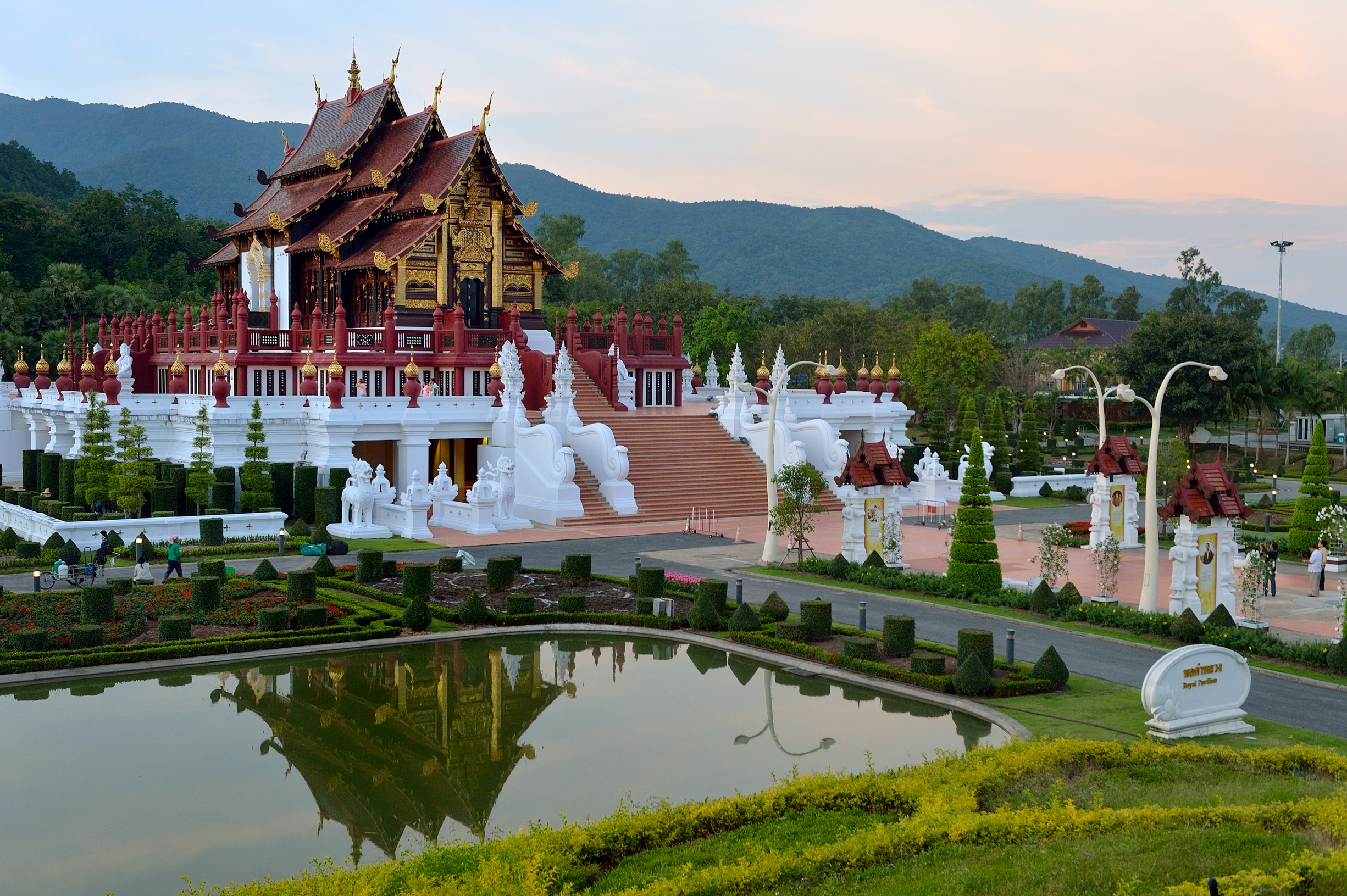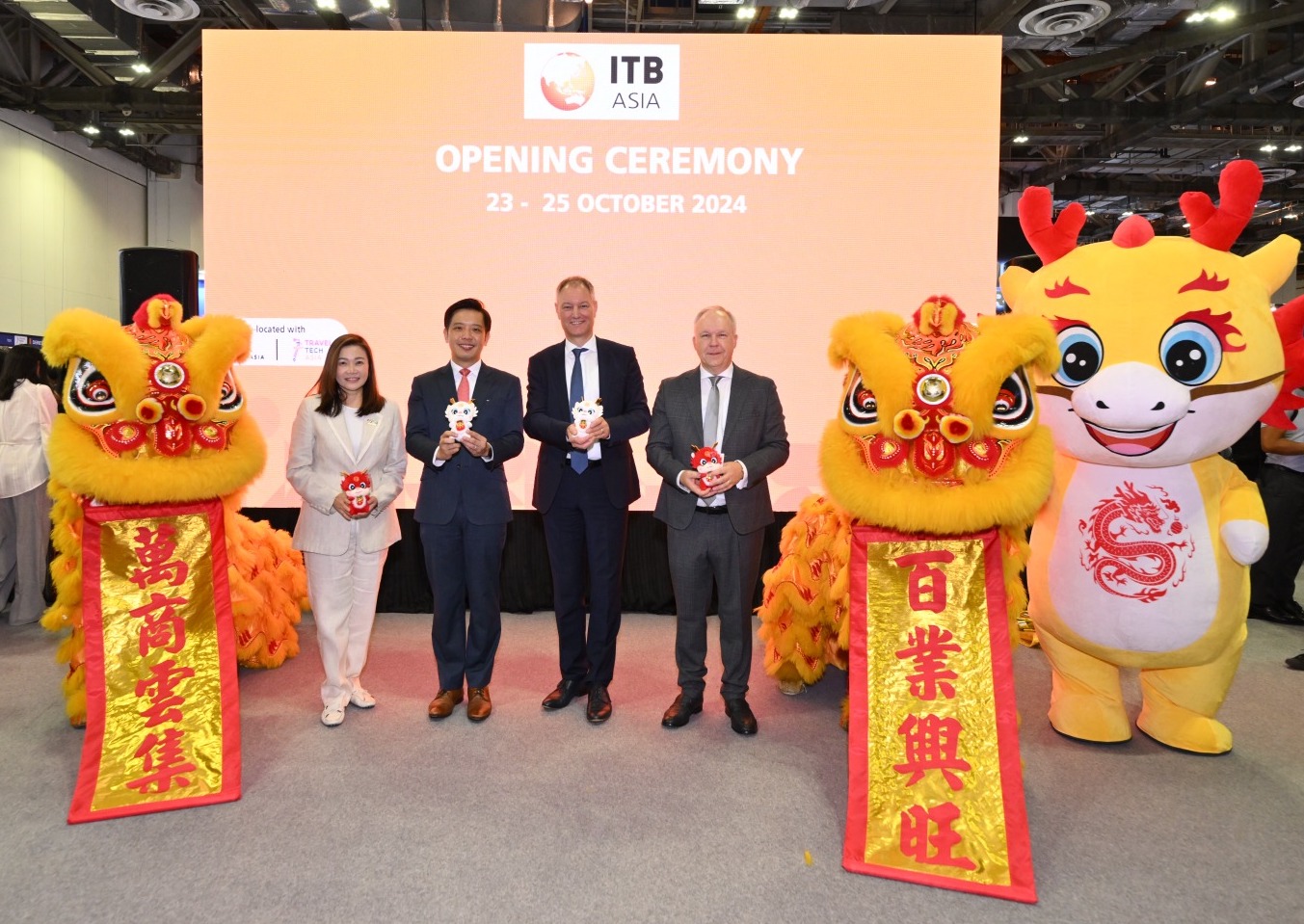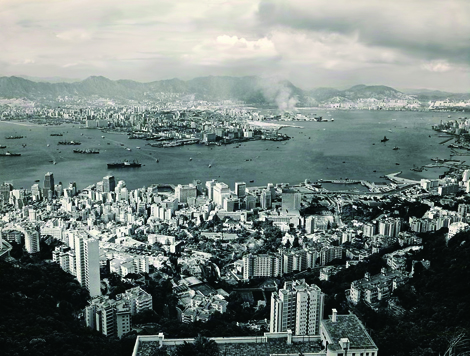
Nearly 20 years since Hong Kong was handed back to China, the city’s unique history still fascinates. Britain relinquished the territory in 1997, but colonial rule was enough to brand Hong Kong as the point where East meets West, and the “gateway” to China.
Today, it’s an urban marvel both in architecture and city planning, with the 2014 Urban Mobility Index ranking Hong Kong the most efficient city to get around in, and earning top slot for “skyline with the greatest visual impact”, against 100 other cities. The city's business events sector is thriving too, with 11.1 per cent growth in business tourism between 2013-2014 according to the Hong Kong Tourism Board.
But Hong Kong has seen a resurgent interest in local heritage with buildings from the colonial era lately being preserved. There is a rising taste for nostalgia, and tourism initiatives have been milking Hong Kong’s history.
Red tape is a pet peeve for many planners, but the city makes up for this with outstanding infrastructure and logistics. Heritage tours are in high demand from international groups and DMCs are known for offering activities off the beaten track. Sample the city’s sprawling past, be it in a local dim sum parlour, at a heritage hotel or touring outlying islands by boat.
Central and West
The first British settlers landed on Hong Kong Island’s western shores in what is today’s Kennedy Town: a neighbourhood buzzing with new restaurants and shops thanks to the expanded metro (MTR).

Pre-handover venues are dotted across the island, with event space available in fixtures such as the Hong Kong Maritime Museum and the Police Married Quarters – PMQ (above).
PMQ housed married junior police officers after World War II, but descended into disuse from 2000. The complex has around 130 units which, since July 2014, have been occupied by burgeoning businesses and designers. Event space at PMQ is versatile, including a 600 sqm multi-function hall called the Qube which can accommodate up to 500 for runway shows, auto launches and corporate functions. Meanwhile, the Courtyard and Marketplace measure 1,000 sqm and are suitable for open-air events, exhibitions and fairs.
Next door to Kennedy Town is the neighbourhood of Sai Ying Pun, and home to Spanish gin bar Ping Pong 129 (below). The name suggests its previous role as a ping-pong parlour, but today the bar offers an extensive gin selection and a fresh venue in an up-and-coming district.
Decorated with suggestive photographs and Scandinavian furniture, the bar has the air of a speakeasy – behind a red door on one of Sai Ying Pun’s back alleys. Guests descend a steep flight of stairs into the bar’s lounge, where lofty ceilings and soft lighting give the illusion of a much larger space. The stylish décor and ambience make up for its size and, those who know about it, consider it one of Hong Kong’s unique venues.
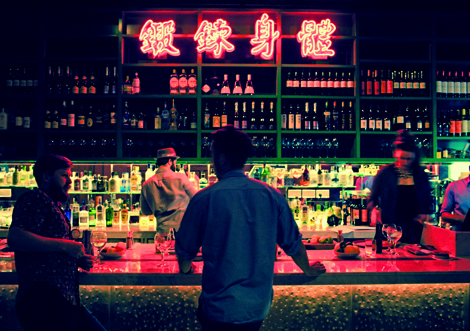
Hong Kong Maritime Museum is one of the most convenient venues in Hong Kong for groups based in Central – located at Pier 8, just above the Star Ferry. Events can be held in the open gallery space as well as in the Special Exhibitions and Events Gallery, which spans 350 sqm and can be customised for product launches, dinners and press conferences with views across the harbour. There’s also a spacious rooftop on the museum, which is lit at night by Hong Kong’s skyscrapers directly behind.
Wan Chai
Further east on the island, Wan Chai has had better reputations other than a haunt for visiting sailors. North of Lockhart Road there are venues suitable for smaller groups such as The Pawn and Wooloomooloo’s rooftop bar, which will wow visitors with sky-high views across Happy Valley and Kowloon.
Tai Lung Fung is another throwback venue, named after a Cantonese opera troupe from the 1960s. The small bar found between Wan Chai’s wet market and the historic Blue House on Stone Nullah Lane can be hired for small private functions. The interiors and menu are inspired by old Hong Kong and, with Hong Kong Convention and Exhibition Centre a 10-minute walk away, it’s a charming offsite venue for cocktails and local bites.
Kowloon
Tucked away from the high-density residential areas of the Kowloon peninsula are some of the city’s most renowned heritage properties.
Opened in 1928, The Peninsula is Hong Kong’s oldest hotel, with The Salisbury Room its most iconic venue. The venue has an ornate, classically furnished foyer that leads into a ballroom with space for 144 banquet-style. Smaller, offshoot rooms are connected by the foyer and are useful during concurrent events.

Hullett House is also on Kowloon’s heritage strip. Built in 1881, the hotel is housed in one of the oldest surviving government buildings in Hong Kong and was the home of Richard William Hullett, a 19th century English botanist who discovered the flower that is today Hong Kong’s emblem, the bauhinia. The building became the Marine Police headquarters for over a century.
Hullett House has maintained its maritime history, filling venues with artefacts and décor that reflect each room’s original function. Guided tours are available daily and themed suites and breakout rooms can be booked for groups of up to 30 people. Overlooking Hong Kong Island and Victoria Harbour, Hullett House’s veranda is classically colonial, complete with wooden ceiling fans, marble floors and linen-clad rattan chairs.
Gamification
Attractions such as The Peak Tram and Star Ferry have an enduring appeal to generations of visitors to Hong Kong, but Team Building Asia brings this up to date with an app-based activity called Go Team that gets visitors interacting with historic sites.
Armed with a tablet device, teams are asked to complete activities ranging from trivia questions to photo challenges around listed buildings such as the Blue House in Wan Chai and the Kowloon British School. Groups are given audio clues delivered in Cantonese or Putonghua and can chat “live” with the Game Master if they have any problems.
Further afield, Tour East offers heritage tours of Hong Kong’s outlying islands such as Cheung Chau and Lantau Island.
Eric Tsang, Business Development Manager of Tour East, says: “Tai O fishing village [on Lantau Island] is popular with groups. We provide transport within a restricted area, taking groups on the cable car at Ngong Ping 360 village and then driving them down to Tai O by licensed coach where we arrange activities, such as pink dolphin watching or island tours by sampan.”
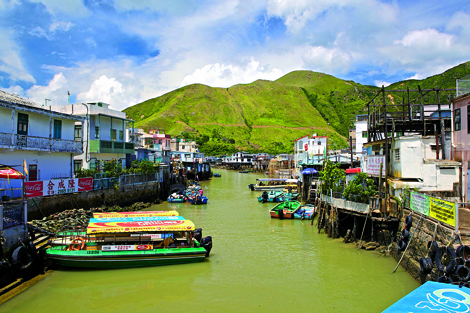
Tour East also offers access to more remote parts of the region such as in the New Territories, providing tours of the Buddhist Monastery in Chuk Lam Sim Yuen and Lo Wai, one of Hong Kong’s oldest country villages where brick houses built in the 17th century still stand. Cycling tours of Nam Sang Wai, a popular setting for Chinese films, are on offer together with tours of ancestral homes, where many immigrants from South China settled centuries ago.
Trending: All things vintage
Starwood’s W brand is noted for being ahead of the curve when it comes to trends in design, fashion and music. But Hong Kong’s heritage has also caught the eye of W trendsetters as independent shops, bars and restaurants run by young entrepreneurs open in the backstreets of Sheung Wan and Mid-Levels.
W Hong Kong Insider Charlie Lin has the lowdown on many of these, such as lesser known haunts off Lan Kwai Fong that are away from the areas most frequented by revellers. Visits can be arranged to art galleries, niche eateries and the W even has a music curator who shares tips on finding underground dance clubs and warehouse venues where indie bands play. For delegates wanting to stay and enjoy the hotel, the W’s “Wed Like a Celeb” can be modified to a post-meeting or incentive activity.
Hyatt Regency Hong Kong underwent a reinvention as it moved into the swish K11 tower in 2009, but retained some of the gems from the days when it was located in the bustling Kowloon thoroughfare of Nathan Road.
Furniture and the swashbuckling fixtures of the European-style restaurant Hugo’s, such as ornamental swords and shields, were put in storage when the Nathan Road property ceased operations in 2005. Four years later, Hugo’s flooring and décor was fitted into the new property.
Old world charm can also be found in the Chin Chin Bar where a collection of spirits is stored in herbal medicine cabinets. Black and white photos of much-loved Hong Kong institutions such as the Star Ferry adorn the walls, giving a subtle hint that the hotel can bring groups closer to the city with visits to areas such as Temple Street market.
Among the hotels where meeting organisers can find coffee breaks with a vintage Hong Kong twist are The Mira Hong Kong and Cordis Hong Kong at Langham Place. “I Love Mongkok” and “Vintage Hong Kong” see the Langham Place celebrating street snacks, while delegates can enjoy local dai pai dong fare over at sister property The Langham in Tsim Sha Tsui.
The Mira’s “Feel Electric” and “Fashion Plate” are among the themed meeting breaks that bring delegates closer to the lively shop signage and lighting just outside the hotel and to the city’s garment trade.
The InterContinental Hong Kong recently revealed new products for meeting organisers that include themed coffee breaks based on the local film industry. Planners can also leverage the hotel’s Insider Collection, which gives access to unique venues such as The Bethanie – originally built in 1841 and restored in 2004. Harbour trips on a Chinese junk or luxury yacht can also be arranged and the Insider Speakers product can provide experts to talk on feng shui, health and lifestyle.
